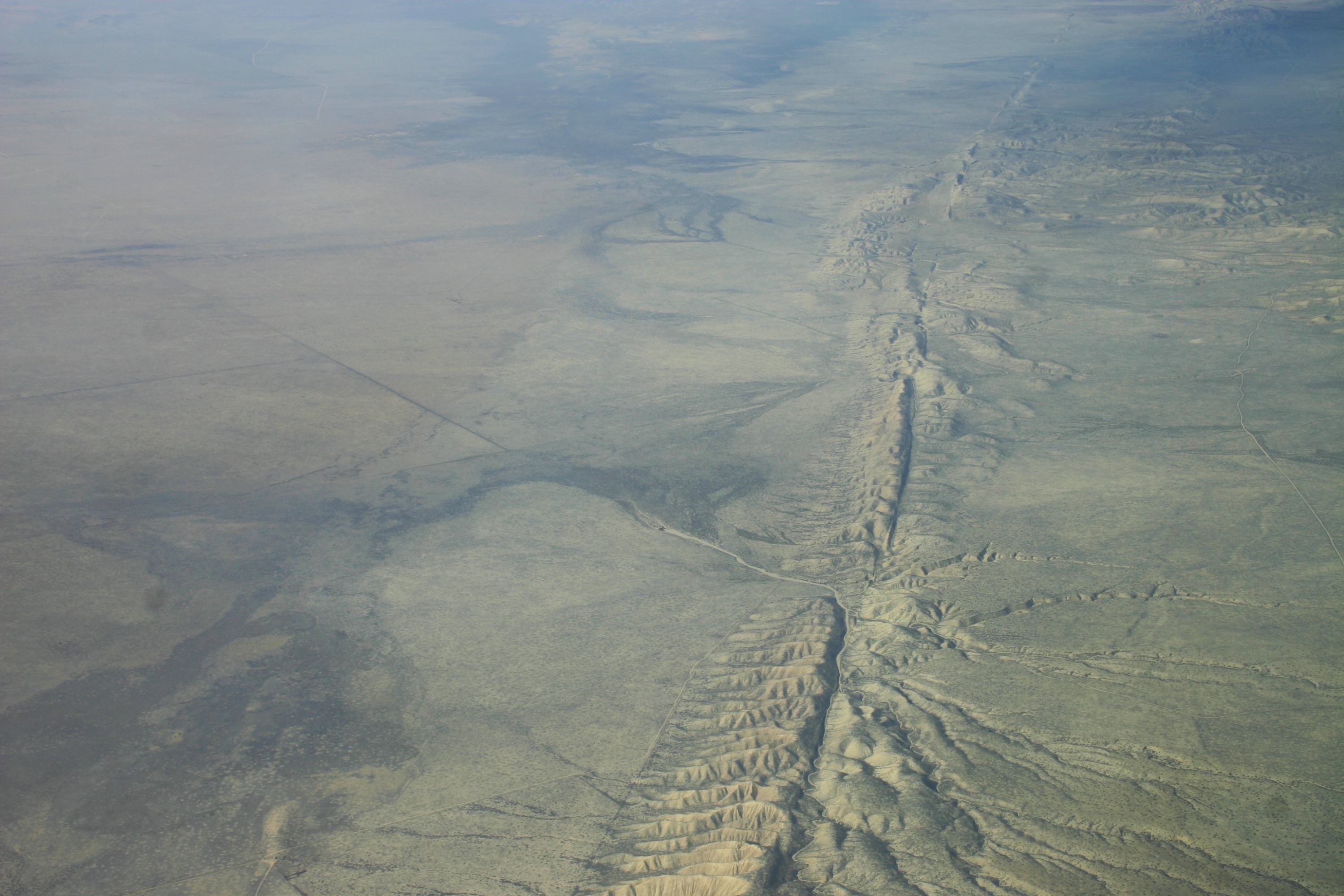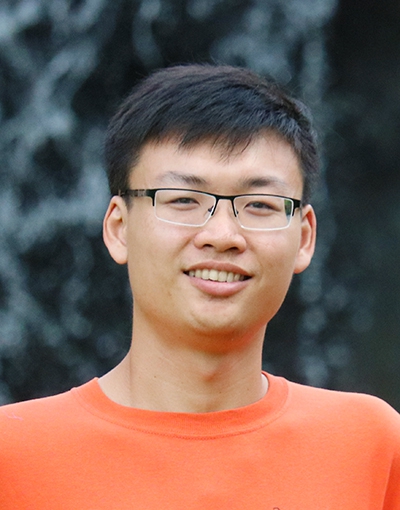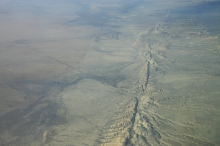CUHK
News Centre
CUHK Study Finds Slow Earthquakes Behave Similarly to Regular Earthquakes Than Previously Thought Gives Scientists a Clearer Picture of How Energy Releases along Faults
Researchers from the Earth System Science Programme at The Chinese University of Hong Kong (CUHK) have revealed that slow earthquakes, a new type of earthquake discovered about 20 years ago, follow similar scaling relations as regular earthquakes, e.g. rate of aftershocks and formula that relates an earthquake’s energy release with how long it lasts. This discovery opens a pathway for scientists to use these events as easy-to-study analogs to probe the physics governing the power and timing of devastating earthquakes, generating a clearer picture of how energy is released with time along faults.
Destructive earthquake has a cousin in slow motion
An earthquake occurs when two blocks of rock suddenly slide past each other. This sudden motion generates shaking that can sometimes be felt far away from where the earthquake occurred. The surfaces where earthquakes occur are commonly known as faults, which represent zones of fractures in the Earth’s crust. The magnitude of an earthquake reflects the area of the fault that slipped, as well as how far one side of the fault moved relative to the other side.
Typically, during an earthquake, the fault slips very quickly. For the mega-earthquake off the coast of Japan in 2011 that caused a huge tsunami devastating the entire east coast of the country, the fault slip lasted for only six minutes. Even the largest earthquake ever recorded lasted for only about ten minutes. However, about twenty years ago, scientists discovered that sometimes faults can slide very slowly past each other, with some of these slow-slip events lasting for weeks or longer. This type of slow earthquake usually occurs deep in the earth and releases energy at a slow pace, so they only generate very weak shaking and little deformation of the surface, which is why they had eluded discovery for a long time.
Studying slow-slip events helps us understand regular earthquakes
Earthquakes have long been known to follow certain scaling relations. For example, smaller earthquakes known as “aftershocks” often occur after larger earthquakes, with the rate of aftershocks following a power-law decay with time and distance from the main shock. Another well-established relation is that earthquake “moment”, which quantifies its energy release, scales as the cube of its duration.
Since the discovery of slow-slip events, they have been the focus of many studies as scientists seek to understand why faults slip at different speeds and how these slow-slip events follow the scaling relations of regular earthquakes. Professor TAN Yen Joe, Assistant Professor of the Earth System Science Programme at CUHK, recently analysed hundreds of thousands of weak tremors emanating from the San Andreas Fault in California and catalogued the slow-slip events that occurred within a 10-year period. They eventually found that these weak tremors clusters in space and time similar to regular earthquake aftershock sequences. They also found that the seismic moments of the slow-slip events, which quantify their energy release, scaled as the cube of their duration just like for regular earthquakes. These results suggest that slow-slip events behave similarly to regular earthquakes.
“Studying the properties of slow earthquakes could advance our understanding of destructive earthquakes,” Prof. Tan stated. “A magnitude 7 earthquake might only occur along the same fault segment every few hundred years while a slow-slip event of similar magnitude can recur every few years. Therefore, studying a fault segment with recurring slow-slip events for just a dozen years will provide scientists with abundant data and a clearer picture of how cycles of energy buildup and release occur along faults. This may improve our ability to forecast earthquakes.”
About Professor TAN Yen Joe
Professor Tan is an Assistant Professor in the Earth System Science Programme of the Faculty of Science at CUHK. His research focuses on understanding the processes underlying the occurrence of earthquakes and volcanic eruptions. Prior to joining CUHK, Professor Tan was a Postdoctoral Scholar at Stanford University after obtaining his PhD in Geophysics from Columbia University.
Notes:
Connecting a broad spectrum of transient slip on the San Andreas fault, Science Advances
https://advances.sciencemag.org/content/6/33/eabb2489




